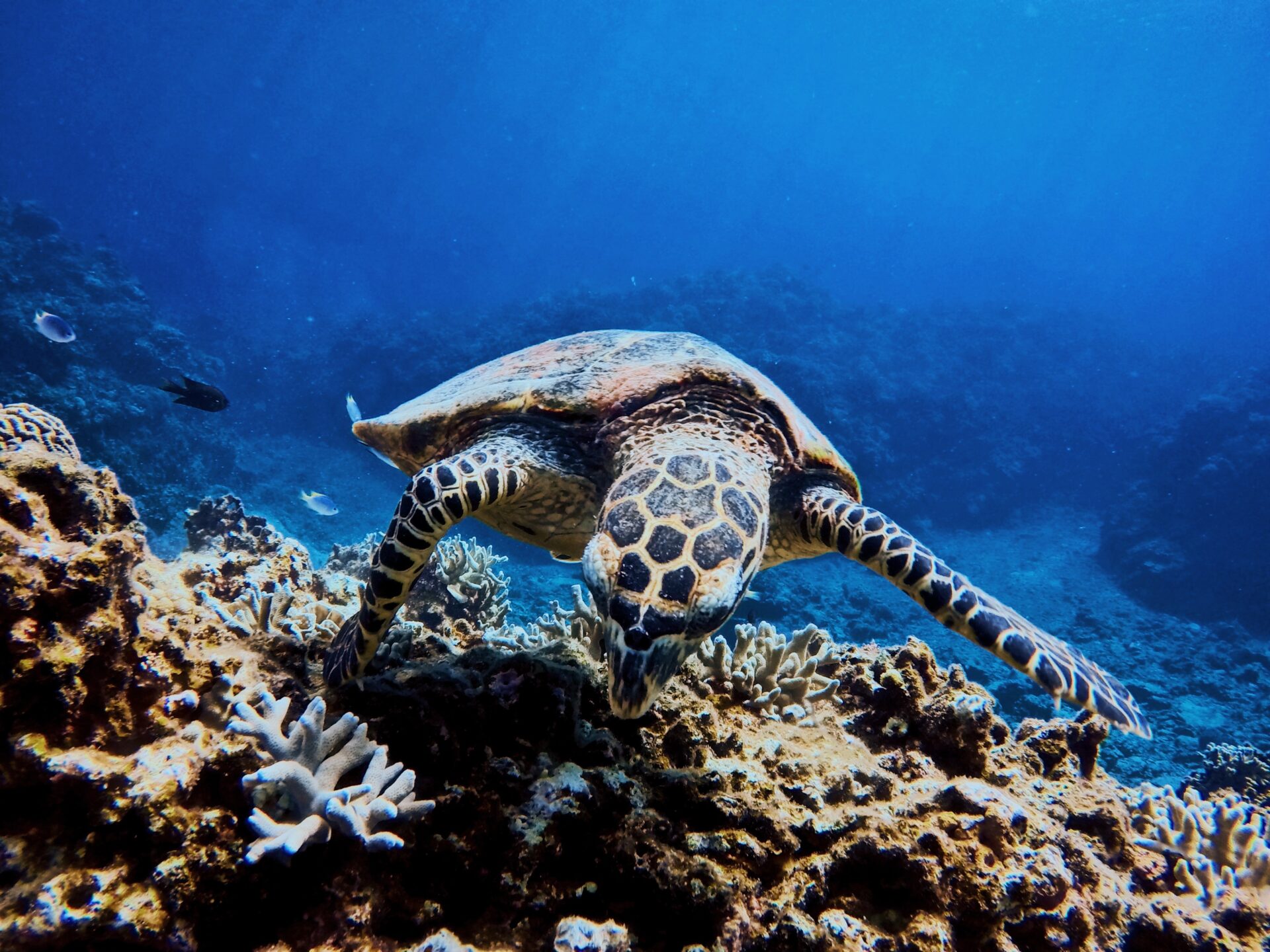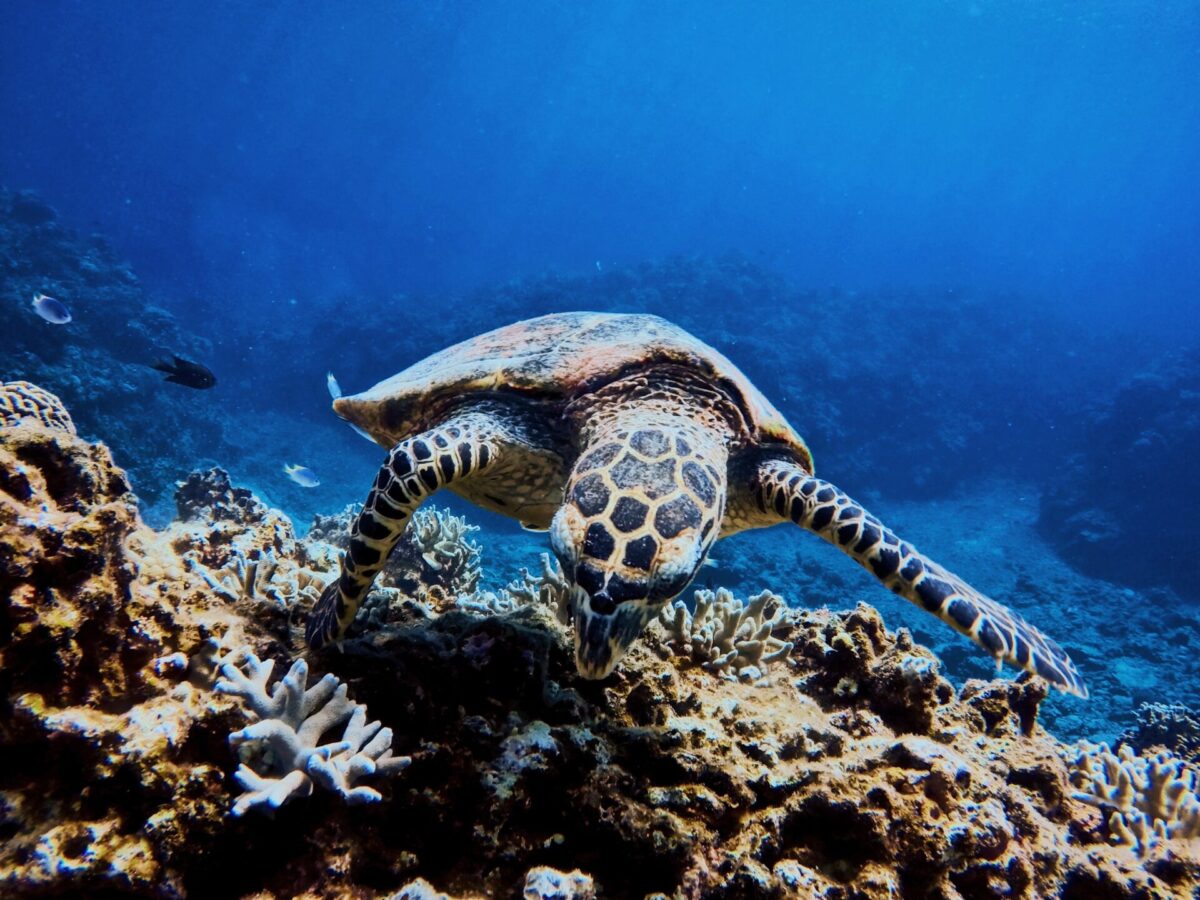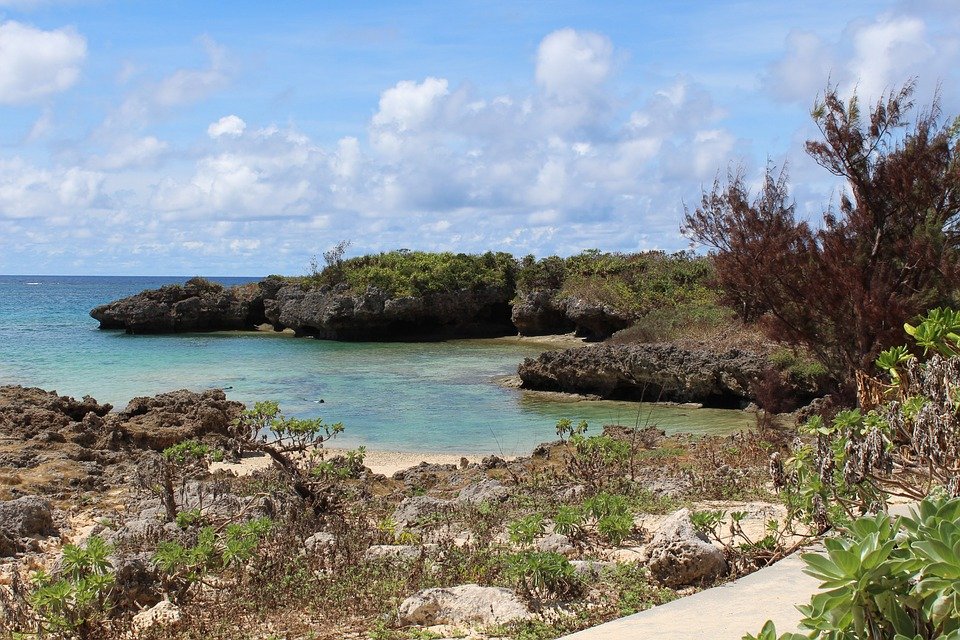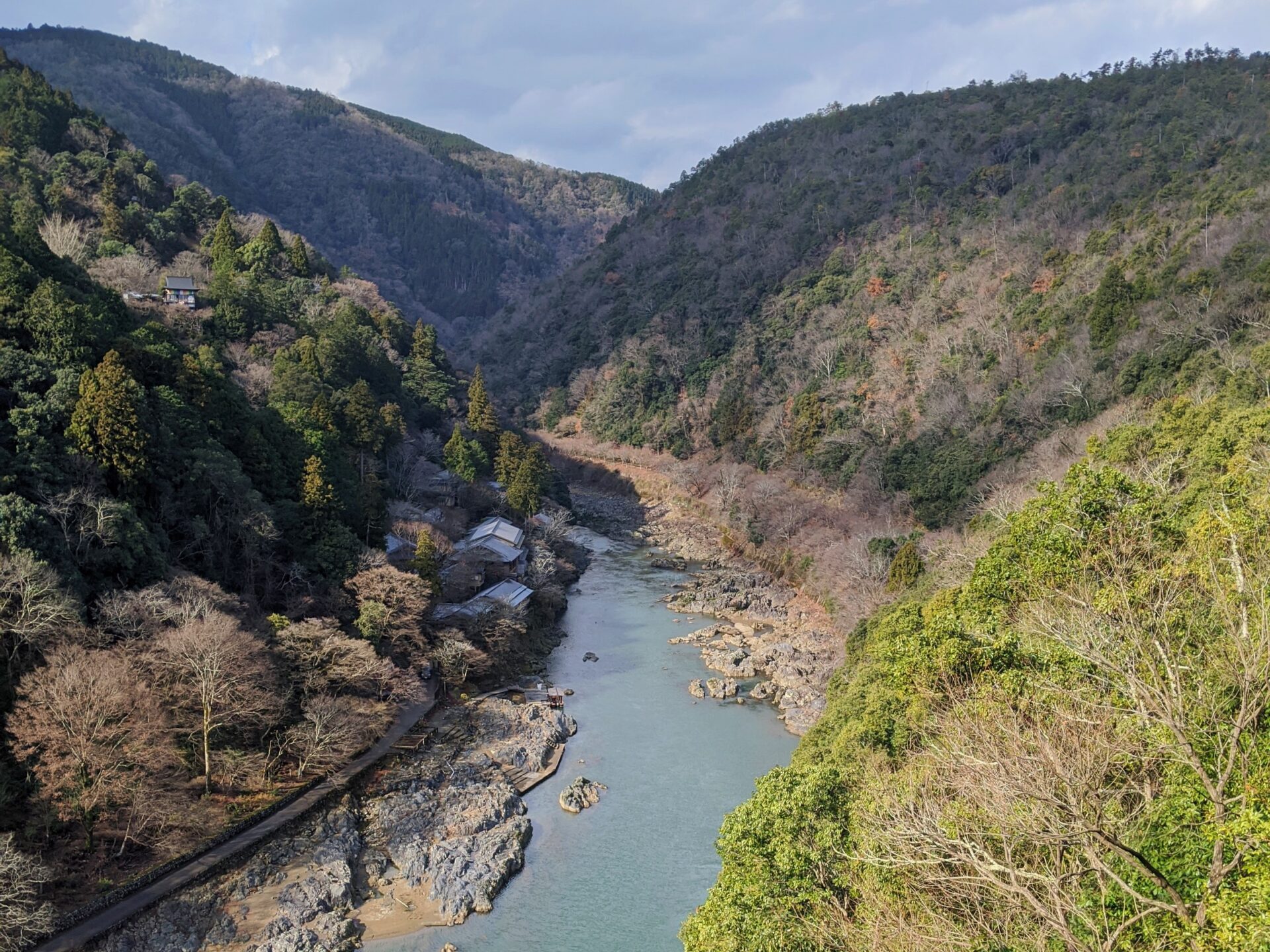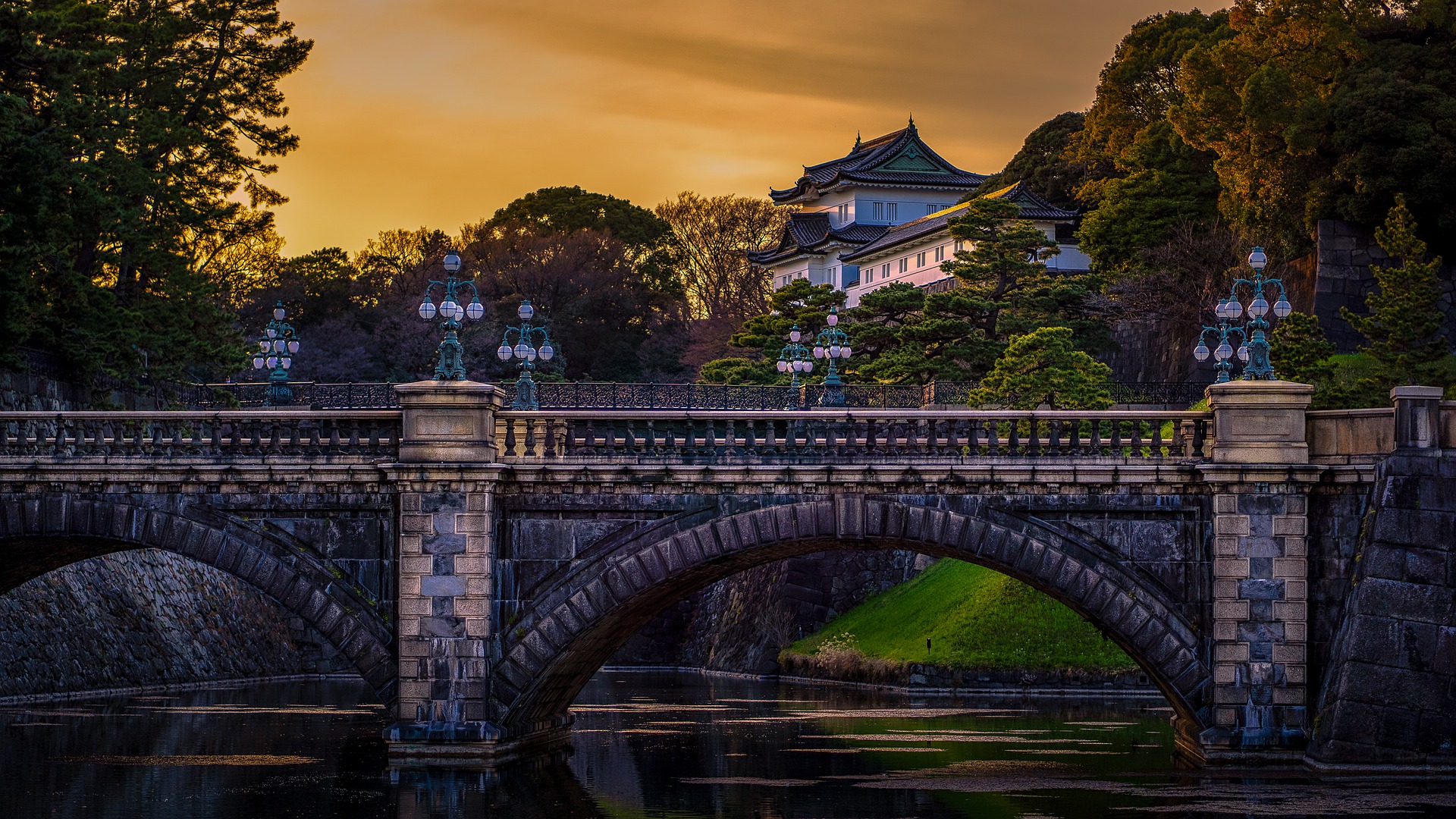You might not have any impression about Japan being a great destination for scuba diving but the ocean around Japan is a hidden gem for divers! Being an island country, so no matter what part of Japan you’re in, you’ll still be able to experience the country’s beautiful waters.
Of course, Okinawa is the first place people consider when thinking about going on a deep-sea adventure, however, Japan is filled with plenty of beaches and islands where visitors can enjoy swimming with the fishes.
Japan comprises some 6,000 islands. Because of the long distance between Hokkaido in the north and Okinawa in the south, there are huge differences in the climate and subsequently in the temperature of the water. In southern Kyushu and Okinawa, the temperature is pleasant all year round making it great for diving and snorkeling in crystal clear water with beautiful colored fish swimming around.Over 70% of the Japanese landscape is covered by mountains, many of which are volcanic. Underwater, the seascape is also dominated by rocky formation and impressive topography. If you’re intrigued by this country’s clear waters, let’s read about the best places to go scuba diving in Japan!
Before scuba diving in Japan
Either if you have a certification or not, you can enjoy scuba diving in Japan. However, there’s a difference. If you want to enjoy swimming freely you should get a certification beforehand or if you did already, don’t forget to bring one.
If you don’t have a certification, the instructor will accompany you safely but you can only dive into 6 meters near the shore or around the boat, while a certification holder can dive into 18 meters and winder range. Also there are some places where the certification is required, so it’s better to check the information when you decide to go scuba diving in Japan!
1. Okinawa: Miyako Island
Okinawa spots some of the most famous beach resorts in the country. While on this island paradise, you can enjoy scuba diving in its clear oceans. Miyako island (宮古島), also known as miyakojima, is famous among the locals since you can explore beautiful coral reefs and swim with sea turtles. What truly sets Miyako island apart from other destinations are its plentiful arches, caves and tunnels visitors can explore. The island is about 300 km southwest of Naha, and the only way to get there is by plane. So be sure to plan your trip early and make your reservations as soon as possible.
2. Okinawa: Ishigaki Island
Another Okinawan island full of adventure is Ishigaki Island (石垣島). This is the most popular island resort in Japan and people come from all over the world to experience its crystal clear waters. Here visitors can swim with manta rays on their scuba diving adventure in summer. Ishigaki is one of the best places in the world to dive with wild manta rays and the best chance of seeing them is in September and early October. The best time to come is from spring to autumn, when the water temperatures are pleasant and the exciting dive sites like Manta Point can be visited. Ishigaki is also great for your first scuba dive or beginners. Some other Okinawa Islands that offer great diving possibilities are Kouri Island (古宇利島) and Yonaguni Island (与那国島).
Recommend introduction diving course in Ishigaki
3. Shizuoka: Atami
The Izu Peninsula is a popular resort getaway from Tokyo with a plethora of hiking trails, beautiful beaches and relaxing onsen. Located in Shizuoka, visitors travel to this area to enjoy the beachside resort, the plentiful onsens and take in some amazing views of Mt. Fuji. Atami (熱海) in particular is a great place to experience some water activities. From Atami harbor, take a 5-minute boat ride out to the only shipwreck of the Izu Peninsula on the east coast. Once you dive into the ocean you’ll be greeted by ship wreckage completely covered in yellow, purple, pink, and orange corals.
4. Tokyo: Chichijima Island
As part of the Ogasawara islands along the Tokyo coastline, Chichijima (父島) is a great escape from the hustle and bustle of the city and one of the best places to visit in summer. The name translates to father island and is the largest island of the Ogasawara Islands. Unlike the city, the island still sports tropical, natural beauty including luscious green forests and deep blue oceans ready for visitors to explore. The dive sites on the island are known for their high possibility of encountering big fish like Duboisi and Takaiwa. You can also visit ship wreckage sites, and visit maguro ana sites where you can see schools of dogtooth tuna.
5. Chiba: Katsuyama
Among international tourists, Chiba is mostly famous for Narita International Airport and the Disney parks, but for locals, it has a nice reputation for its beautiful beaches. Much of Chiba is on the Boso Peninsula and sticks out into the Pacific Ocean making it the perfect place to catch some waves and go scuba diving. Katsuyama (勝山) is the closest dive site to Tokyo. Boating out to Ukishima island from the Katsuyama fishing port, visitors can dive to the Tokyo submarine, Tokyo canyon, and view some deep-sea fish.
6. Chiba: Ito
Another place in Chiba that is possibly the most internationally well-known dive site in the prefecture bordering Tokyo is Ito (伊戸). The diving spot is located about 2 hrs from Tokyo by car at the tip of Boso Peninsula, in the west of Tokyo Bay. Divers from all over the world come here to meet the hundreds of banded hound sharks that inhabit the place together with red stingray, bulgyhead wrasse, and longtooth grouper.
7. Hyogo: Takenohama Beach
Most people don’t often think of the Kansai area as a beach destination since most of the area is landlocked. However, Hyogo holds one of the region’s best beach resorts. Takenohama beach (竹野浜海水浴場) is a secluded beach area with turquoise waters perfect for swimming, snorkeling, and diving. On the west end of the beach, there’s a sunken block area popular for first-time snorkelers and divers. You shouldn’t expect to see a lot of coral reefs in the area but there are a diverse array of sea creatures you’ll likely run across.
8. Kagoshima: Yoron Island
Due to its proximity to Okinawa, the beach resorts in Kagoshima offer similar views to the popular island paradise. While Kagoshima is well known for its UNESCO World Heritage Site, Yakushima, Yoron Island is a must-see for scuba diving enthusiasts. Surrounded by crystal clear waters, exploring marine life is one of the top reasons visitors travel here. The island is surrounded by coral reefs full of life. There are also ship wreckage sites to explore and a nice man-made Greek-style structure, Y to add to the island views.
9. Shimane: Oki Islands
The small cluster of islands in the Sea of Japan is collectively known as Okinoshima or the Oki Islands. They’re about 80 km off the north coast of Shimane prefecture and a popular island getaway for the locals. In the summer months, diving is popular on Dogo island, Nishinoshima, and Nakanoshima. This area is particularly famous as the home of scuba diving in Japan and for its night diving activity. At night divers use fishing lights to attract fish and explore the sea surrounded by schools of fish.
Japan might not be the first place you think of when considering scuba diving, but this island country offers a lot of marine biodiversity which will surely make your diving adventure one to remember. If you don’t speak much Japanese, don’t worry many scuba diving companies have English-speaking guides available to help make your time under the water as comfortable as possible. The peak season for scuba-diving in Japan begins right at the end of the rainy season, (mid-July) and continues until early to mid-September when the warm weather has warmed up the water temperature.
Follow us on Instagram, Facebook and Twitter for more travel inspiration. Or tag us to get featured!
Happy travelling!
Other articles you might like

Jamila Brown is a five-year resident of Japan, teaching in the day and writing at night. She enjoys movies, reading, cosplaying, and eating good food in her downtime.
This post may contain some affiliate links. When you click through and make a purchase we may receive some commission, at no extra costs to you.
